The art world is a vibrant tapestry of creativity and self-expression, drawing in a diverse range of individuals from collectors to casual admirers. A compelling question often arises in such spaces: Do people who buy art have a better sense of themselves? This question delves into the intersection of art, psychology, and personal identity, providing a rich ground for exploration.
The Psychological Connection Between Art and Self-Understanding
Art has long been recognized as a medium through which individuals can explore and express their inner worlds. According to Carl Jung, a renowned psychologist, art is a critical tool for accessing the subconscious and understanding one’s psyche. When individuals purchase art, they are often drawn to pieces that resonate with their personal experiences, emotions, or aspirations. This resonance can be a powerful indicator of self-awareness.
For instance, a collector who gravitates towards abstract art may be seeking to connect with deeper, non-verbal aspects of their identity. Abstract art, with its open-ended forms and interpretations, allows for a personal connection that is unique to each viewer. This personalized engagement with art can foster a greater understanding of oneself, as it encourages introspection and reflection.
The Role of Personal Taste and Identity
Art collection is inherently tied to personal taste, which is a reflection of an individual’s identity. When someone selects a piece of art to purchase, they are making a statement about their preferences, values, and even their worldview. This act of selection can be seen as an extension of self-expression, similar to the way people choose their clothing or decorate their homes.
The diversity of art on display in galleries caters to a wide range of tastes and preferences. Whether it’s contemporary, classical, or indigenous art, each piece offers a different perspective and connection. Collectors often find that their preferences evolve over time, mirroring their own personal growth and changes in self-perception. This evolving taste can be a testament to an individual's journey towards a deeper understanding of themselves.
The Therapeutic Benefits of Art Collection
Beyond personal taste, the act of collecting art can have significant therapeutic benefits. Art therapy is a well-established practice that utilizes the creative process to improve mental health and emotional well-being. While art therapy traditionally involves creating art, the process of collecting art can also serve as a therapeutic practice.
For many, the act of purchasing art is not just about owning a beautiful object but also about experiencing joy, reducing stress, and finding solace. Engaging with art allows individuals to process their emotions and experiences in a non-verbal way. This therapeutic aspect of art collection can lead to a better sense of self, as individuals learn to navigate their emotional landscapes through their interactions with art.
Community and Cultural Identity
Art galleries play a crucial role in fostering a sense of community and cultural identity. When people buy art, they are not only investing in their personal development but also contributing to the cultural fabric of their community. Art collectors often support local artists and galleries, helping to sustain the cultural ecosystem.
This sense of community can enhance an individual’s sense of belonging and identity. Being part of an art community provides opportunities for dialogue, shared experiences, and mutual support, all of which contribute to a stronger sense of self.
The Counterarguments
While there are compelling arguments for the idea that art buyers have a better sense of themselves, it is essential to consider counterarguments. Not everyone who buys art does so for self-reflection or personal growth. Some may purchase art purely for investment purposes or as a status symbol, without any deeper connection to the pieces they acquire. In such cases, the act of buying art may not contribute significantly to self-understanding.
Additionally, self-awareness is a complex and multifaceted concept that extends beyond art collection. While engaging with art can certainly enhance self-awareness, it is only one of many pathways to achieving a better understanding of oneself. Other activities, such as travel, reading, meditation, and personal relationships, also play critical roles in shaping an individual's sense of self.
Conclusion
The question of whether people who buy art have a better sense of themselves is a nuanced one. While there is strong evidence to suggest that engaging with and collecting art can enhance self-awareness and personal growth, it is not a universal truth applicable to all art buyers. The relationship between art and self-understanding is deeply personal and varies from individual to individual.
The diverse array of art on display in galleries offers visitors and collectors alike the opportunity to explore their tastes, emotions, and identities. Whether one buys art for personal reflection, aesthetic pleasure, or investment, the act of engaging with art undeniably adds richness to the human experience. Ultimately, the journey of art collection is as varied and unique as the individuals who embark upon it.
Visit us at www.thetagartgallery.com to learn more about our upcoming exhibitions and events. Whether you are an art enthusiast or a casual visitor, we are confident that you will find something that captivates your imagination and enriches your understanding of art.

